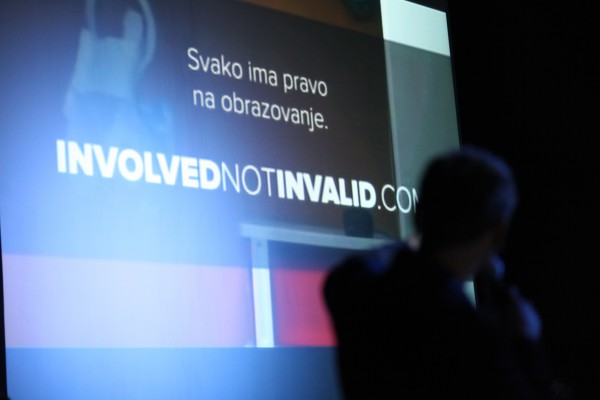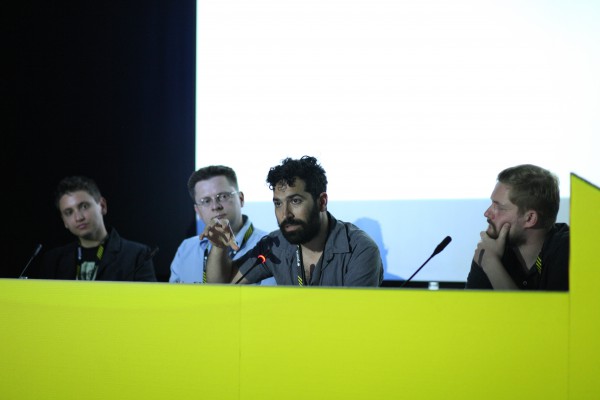1 message, 100 ways of making it interesting
It is not for nothing that people say a picture is worth a thousand words. Guests of today’s panel tried to respond to the question how to make information appealing to the eye i interests of ordinary citizen, i.e. someone who does not deal with it professionally. In a short discussion that preceded presentation of various tools and approaches to this topic, it was emphasized that the biggest obstacle in that sense is the lack of experience and technical knowledge.
 First spoke Mushon Zer-Aviv, designer, educator and media activist from tel Aviv. He presented the initiative for transparency of government and citizen participation named “Public Knowledge Workshop” and the project “BudgetKey”. Web site of the project provides insight into state budget, hidden clauses, financial transfers, and it is possible to compare budget expenditure from various years.
First spoke Mushon Zer-Aviv, designer, educator and media activist from tel Aviv. He presented the initiative for transparency of government and citizen participation named “Public Knowledge Workshop” and the project “BudgetKey”. Web site of the project provides insight into state budget, hidden clauses, financial transfers, and it is possible to compare budget expenditure from various years.
Dejan Vinković, astrophysicist and lecturer on PMF in University of Split and a Director of Institute of Synergy of Science and Society in Čakovec, spoke about the possibilites of analysis and visualization of statistical data on politics and society. He presented the project “Skills forecasting” that deals with predicting of skills needed on labour market, synchronization of supply and demand, which is implemented within the framework of EU programme for employment and social solidarity. He introduced the audience to experiences of data visualization during the census in 2011, and during referendum monitoring named “In the Name of Family”.
Uroš Krčadinac is a researcher in field of digital media and a PhD candidate in Belgrade University who tries to tie experiences from fields of computer sciences, visual arts, literature, animation and interactive design. First he talked about some bad examples of visualization of data, like monitoring of air pollution in Pančevo, then some he considers to be very good, and which combine video material with various techniques of data visualization.
And lastly Michal Szota, independent graphic designer, creative experimentalist and VJ from Poland. In his work he tries to provide useful information with the help of dynamic infographics on web. He presented some of them, and if you are interested in looking into his portfolio, you can visit http://szota.biz/.
Panel was moderated by Anna Kuliberda from organisation Zašto ne.

